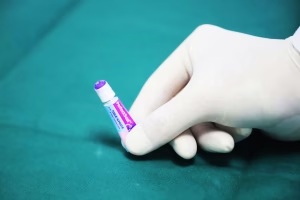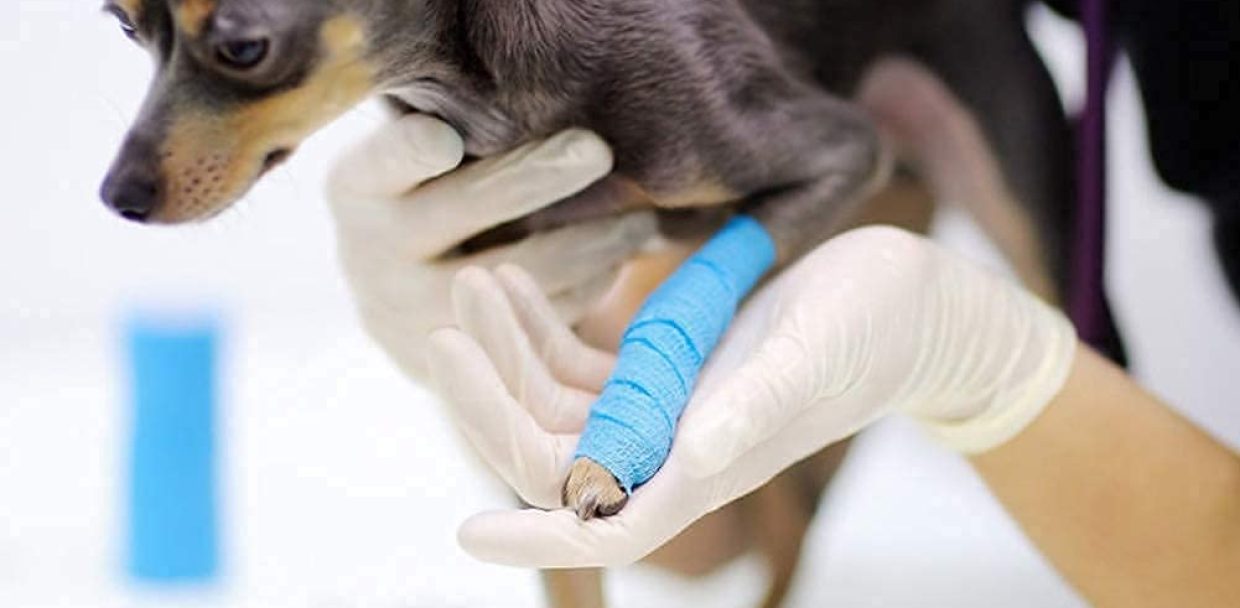

Contents
In veterinary care, treating wounds efficiently and safely is crucial for animal comfort and recovery. One of the most effective solutions today is using skin adhesives, which offer quick and secure wound closure without the need for sutures.
A topical skin adhesive for wound closure forms a thin, protective layer over the skin to bond wound edges together while healing takes place underneath. It minimizes pain, reduces infection risk, and improves cosmetic outcomes for both small and large animals.
This guide explains how medical adhesives work, how to apply them correctly, and why they’re becoming essential tools in veterinary surgery and laceration repair.
Topical skin adhesives are sterile, medical-grade glues that close wounds externally by sealing the upper layer of the skin. They create a flexible, waterproof film that holds wound edges in place while allowing tissues beneath to regenerate naturally.
The primary compound used in these adhesives is cyanoacrylate, a strong bonding agent that reacts with moisture to form a polymer film. Common veterinary variations include n-butyl-2-cyanoacrylate, a versatile compound with quick bonding and reliable adhesive strength.
These adhesives are especially useful in minor laceration treatments, small surgical incisions, and situations where traditional suturing may cause unnecessary stress or delay healing.
Veterinary professionals choose skin adhesives for their simplicity, speed, and patient-friendly nature. They reduce the need for anesthesia, lower procedure costs, and provide excellent healing results.
These features make topical skin adhesives particularly useful for small animals, exotics, and minor surgical closures.
Veterinarians use skin adhesives for various procedures that involve minor and superficial wounds. They are highly effective for closing superficial surgical incisions, minor lacerations, post-biopsy closures, and cosmetic repairs in delicate areas such as the face or paws. These adhesives provide a quick, clean, and minimally invasive method for wound management, ensuring better cosmetic outcomes and reduced recovery time. However, they are not suitable for deep wounds, heavily bleeding injuries, or areas exposed to high tension or moisture. In such cases, internal sutures are preferred to ensure proper tissue alignment and long-term healing stability.
Applying skin glue in animals requires careful preparation to ensure safe and effective bonding. Below is the proper veterinary technique for achieving secure closure.
Following this process ensures proper adhesion and efficient wound closure.
A successful closure depends on two critical factors, adhesive strength and adhesive flexibility.
Adhesive strength defines how well the film holds under tension. Veterinary adhesives with n-butyl-2-cyanoacrylate maintain secure bonds even in moderately mobile areas.
Adhesive flexibility ensures that the polymer film moves naturally with the animal’s skin, especially in high-motion areas like limbs or shoulders. Flexible adhesives minimize cracking, ensuring continuous coverage throughout the healing period.
These combined qualities create a balance between durability and comfort, promoting safe, stress-free recovery.
Several factors influence how effectively the adhesive bonds and supports healing:
Consistent handling and clean application ensure strong bonding and faster healing.
Proper application ensures predictable results and safe outcomes for every animal patient.
After using a medical adhesive, proper aftercare supports clean, effective recovery:
Following these care guidelines maintains bond integrity and ensures consistent healing in animals.
A topical skin adhesive for wound closure is one of the most effective and minimally invasive options for veterinary wound management. It offers superior adhesive strength, excellent flexibility, and safe microbial barrier protection for quick, comfortable recovery.
At Strouden, we provide the Assut Europe Skin Glue – Topical Adhesive (0.5ml), a high-quality medical adhesive based on cyanoacrylate chemistry. It offers fast setting, strong bonding, and flexible healing performance suitable for a wide range of animal wound closures.
Contact us today to experience the reliability of Assut Europe veterinary adhesives and ensure every wound heals safely, efficiently, and with professional precision.
Clean and dry the wound completely, align the edges, and apply a thin layer of adhesive over the surface. Allow it to dry naturally, forming a strong film that seals the wound and promotes quick healing.
Adhesive wound closure involves gently bringing wound edges together and applying a sterile medical adhesive over the skin. It holds tissue securely without sutures, providing flexible support, a microbial barrier, and smooth healing for minor surgical or traumatic wounds.
Yes, for superficial wounds and small incisions. Skin adhesives work as a non-invasive alternative to sutures, offering strong adhesive strength and natural flexibility. However, deep or high-tension wounds still require layered suturing for complete support.
Most medical adhesives have a short set time, bonding within seconds. The polymerized layer quickly stabilizes, holding the wound edges securely while maintaining enough flexibility to move with the skin during the healing process.